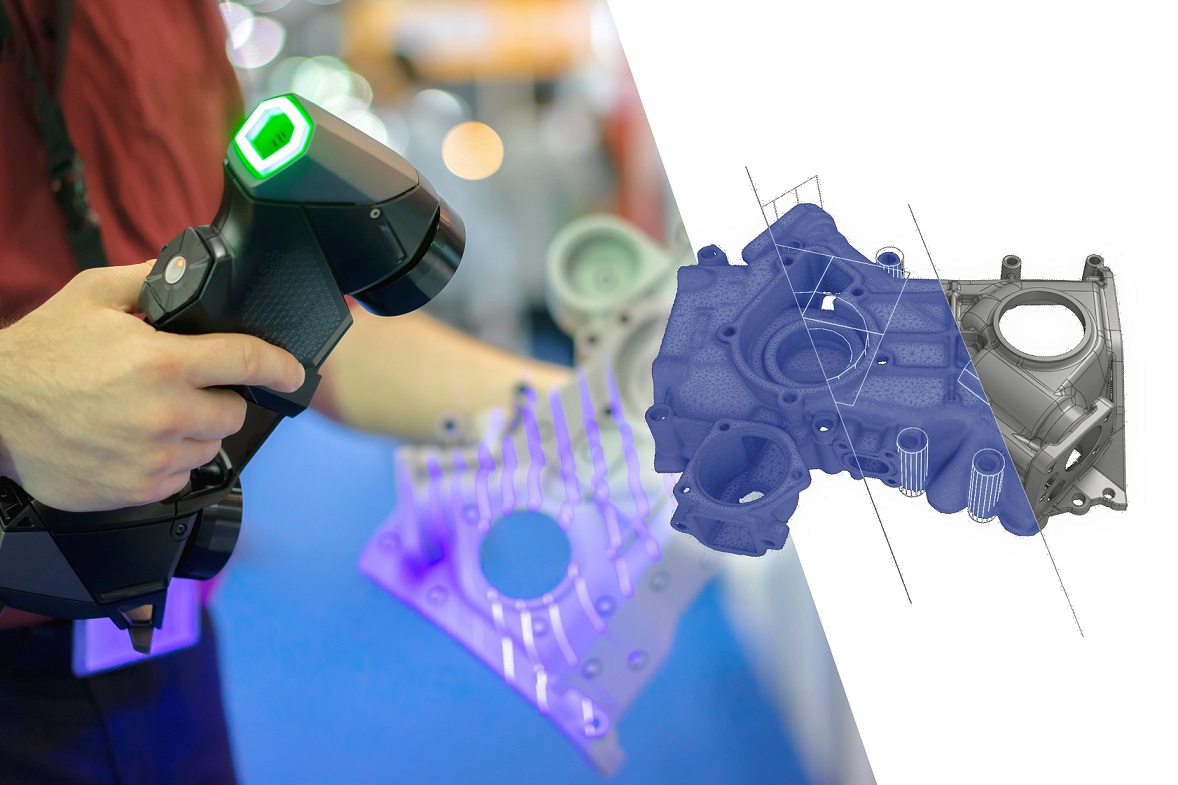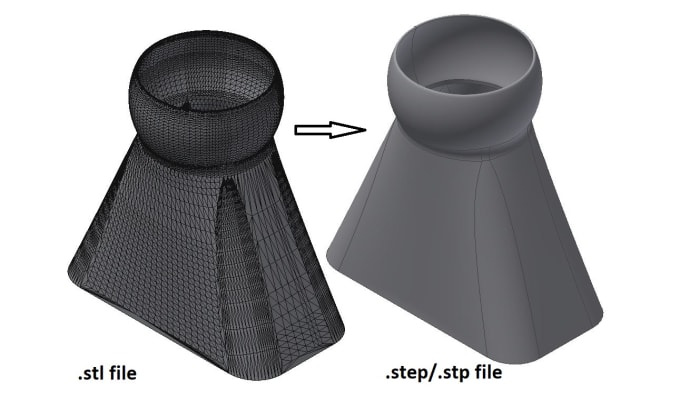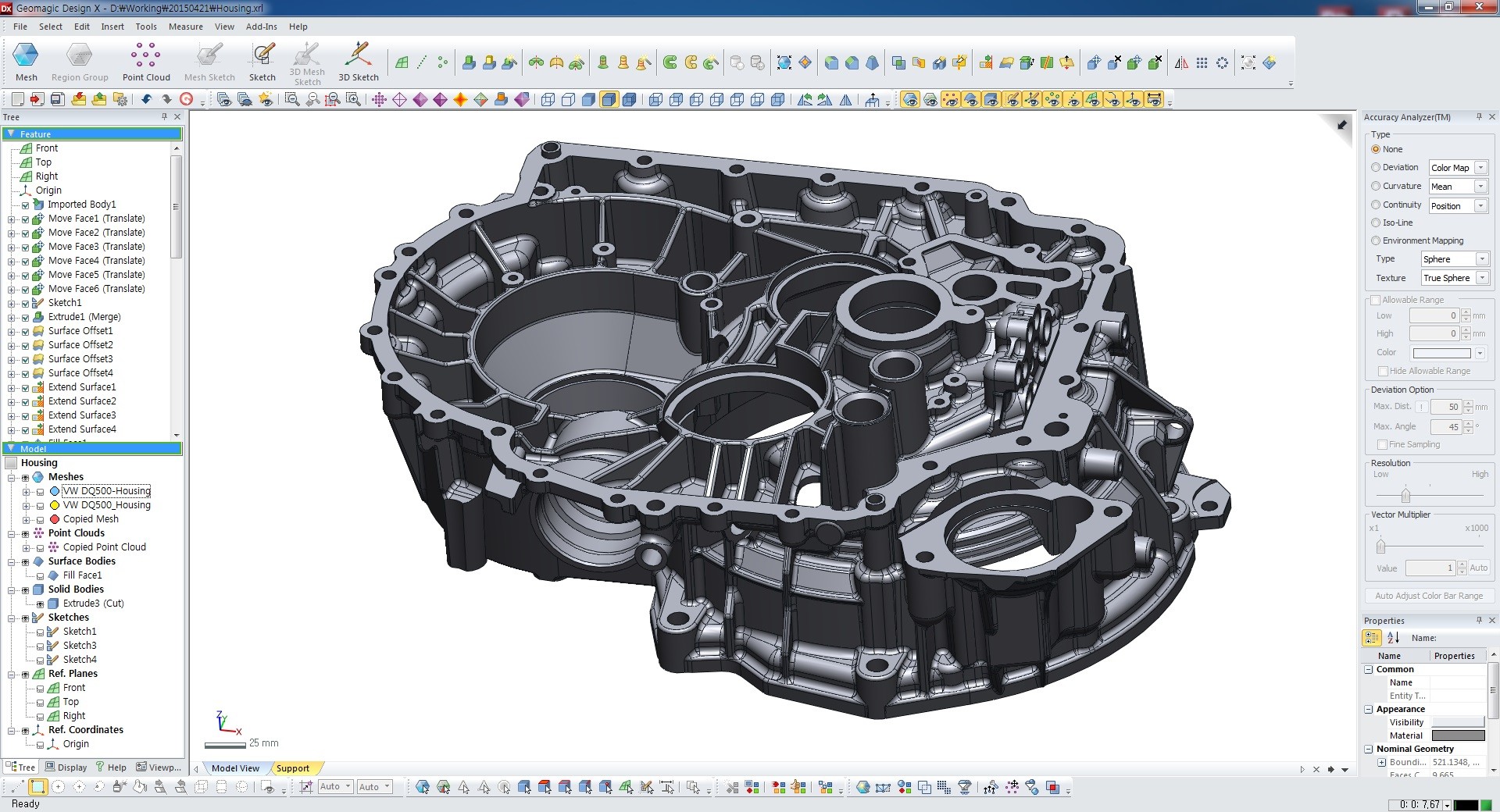What is an STL file and how does it work?
Within additive manufacturing, there is a file format that is most commonly used for handing off CAD data. We’re talking about STL. Released in the late 1980s, it quickly became the standard for 3D printing over the years. But what exactly is an STL file? What functions does it fulfill? The Mako GmbH team explains this in this article.
Would you like to get to your destination faster? Contact the experts at Mako-Technics directly here!
This is an STL file
Almost all CAD systems available on the market today can generate STL files. This step is usually not too difficult for users. In principle, the respective file only has to be selected and saved in STL format. But what exactly is behind it?

The actual purpose behind this file format is to prepare CAD data in such a way that it can be processed by 3D printers. It was originally developed for this. Although STL data has some disadvantages, over time it has become the standard in 3D printing. Simply explained, an STL object consists of many points that were either calculated by a CAD program or created by a scan. All these points are located on the surface of the object to be processed. They are connected to a triangle, which means that an STL file describes the surface of a (3D) body using triangle facets.
Tip: You don’t want to miss any more posts? Then follow us on LinkedIn or Facebook! We look forward to welcoming you as a follower.
And How Exactly does an STL file work?
Each of these facets is described on the one hand by the surface normal and on the other hand by the three corner points. The surface is assumed to be the outside if exactly these three points are arranged counterclockwise when looking at the triangular surface. If all triangle surfaces are now put together, the result is almost the entire surface of the respective object. This step is also known as tessellation or triangulation.

Can a 3D Printer process an STL file format?
No, 3D printers cannot easily process STL files. The reason for this is the mode of operation of such a printer. It prints layer by layer. An additional program is therefore required, which divides the file into individual layers. This program is called a slicer.
STL files are also extremely important for the Mako-Technics team – they partly form the basis of our service. Do you have further questions on this or other topics? Do not hesitate – contact us today! We look forward to your inquiry.
For more information about reverse engineering, we also recommend our Youtube Chanel. There we regularly provide you with videos on new topics and information.






